You can be accurately diagnosed by a thorough examination using advanced equipment and consultation by experienced doctors of Wooridul Spine Hospital.
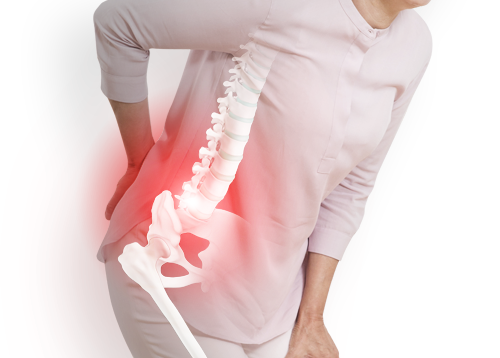
Neurosurgically your Back Pain
is caused by various diseases such as Sprain, Disc Bulging/Herniation, Foraminal Disc Herniation, Degenerative Disc Disease, Spinal Stenosis, Spondylolisthesis, Spondylolysis, Fracture, Facet Cyst, Tumor, Scoliosis, etc.
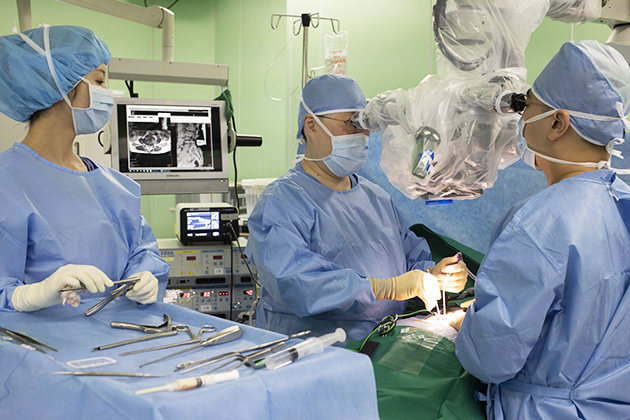
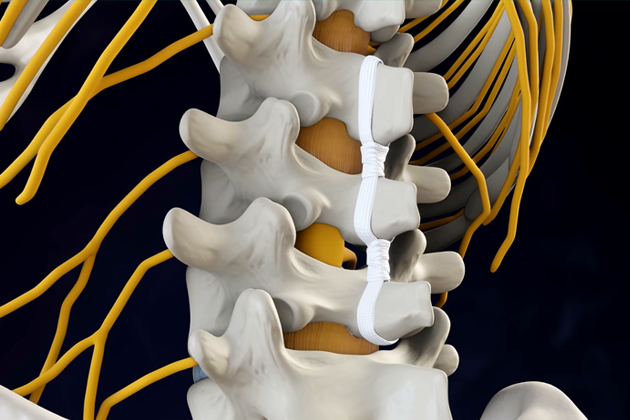
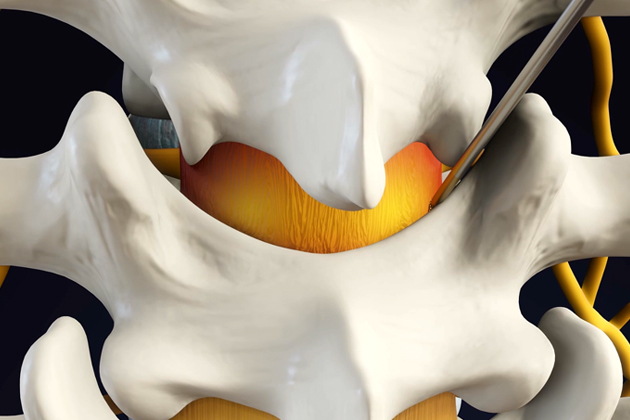
Through a posterior approach under general anesthesia, cut the skin within 5cm and decompress the nerve using the latest types of equipment, including lasers under a surgical microscope, and then use a special ligament made of polyethylene to firmly tie the instability between the spinous processes of the spine.
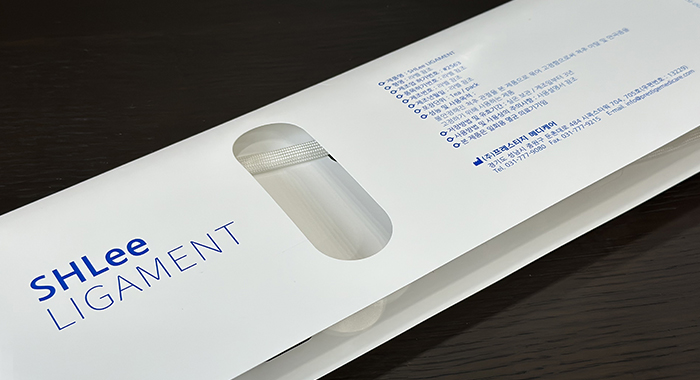
Over time, artificial ligaments turns into your own ligaments, become as strong as your own and preserves normal tissues as much as possible.
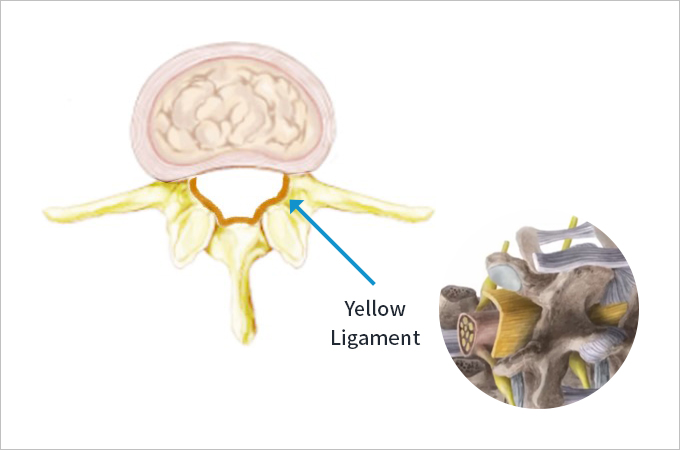
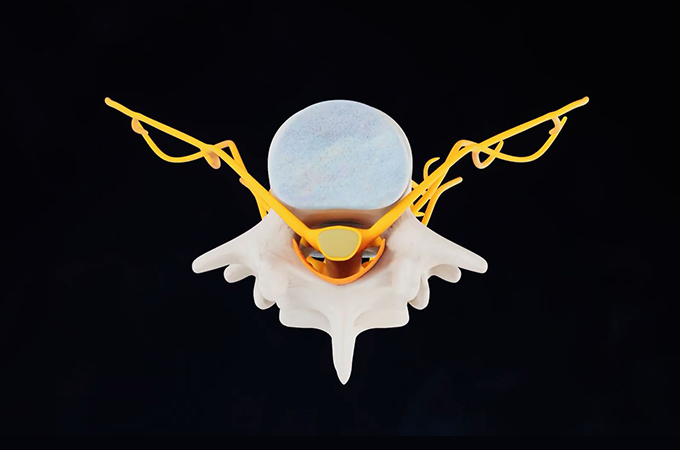
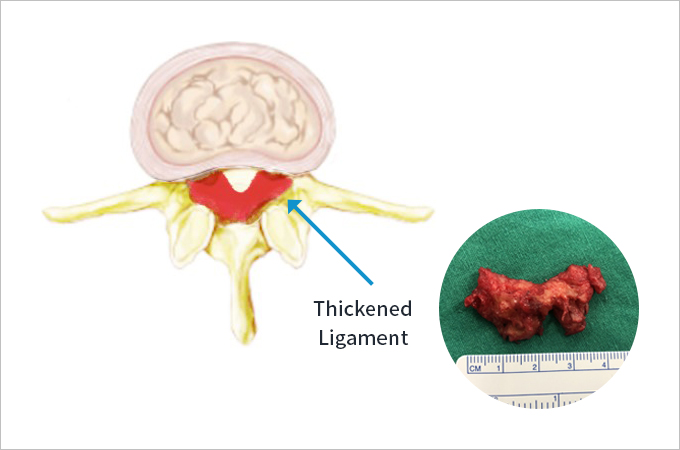
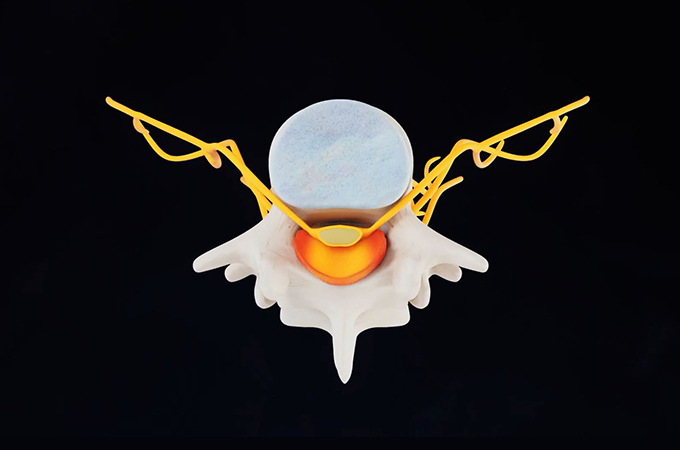
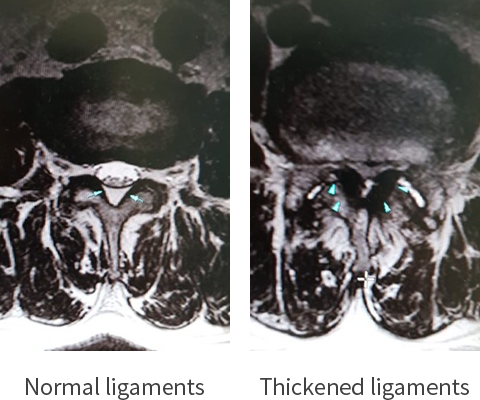
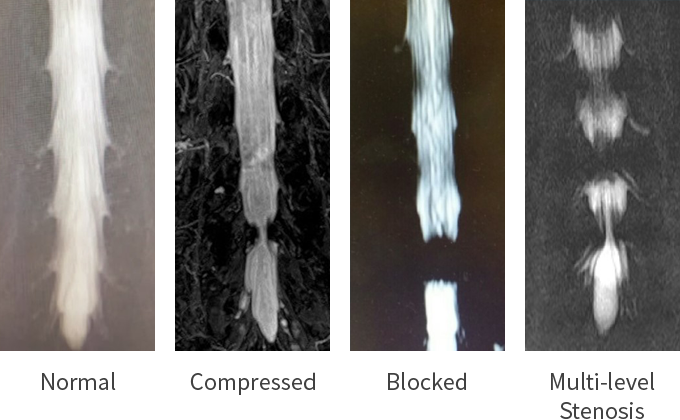
When causal treatment is needed
Advantages of Microscopic Laser Decompression
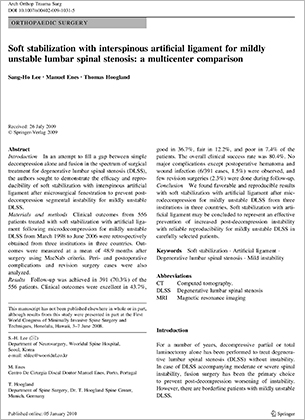
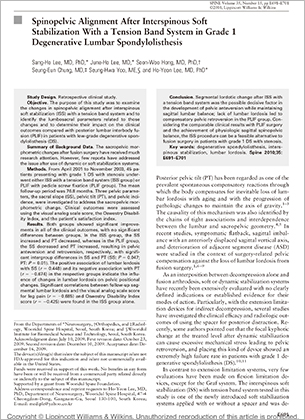
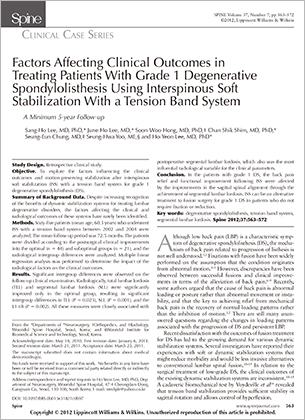

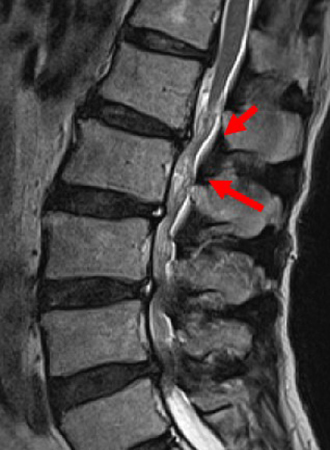

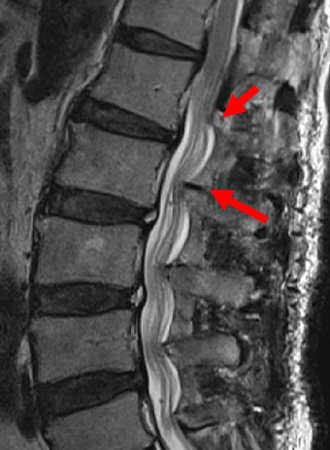
65-year-old male patient with stenosis and cervical disc herniation

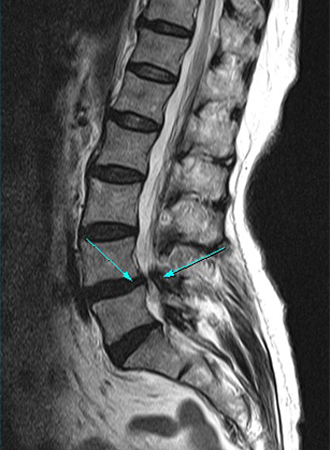

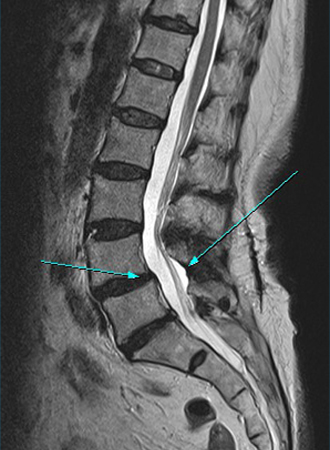
84-year-old female who underwent ligament reconstruction